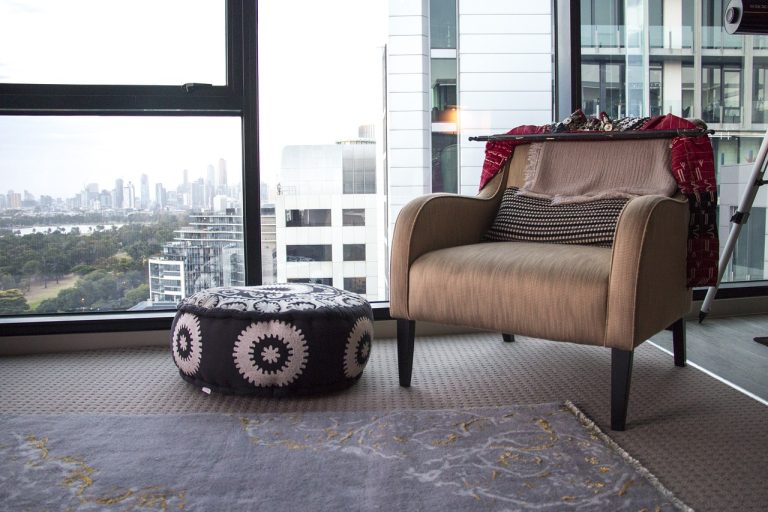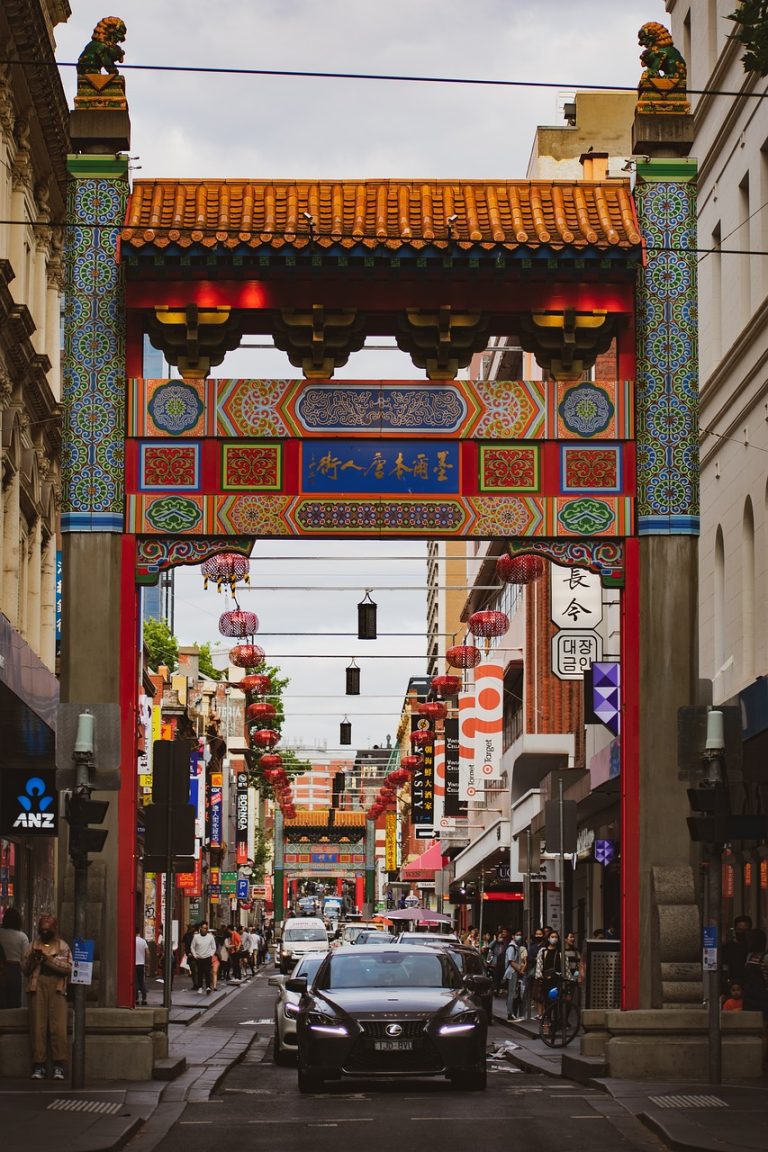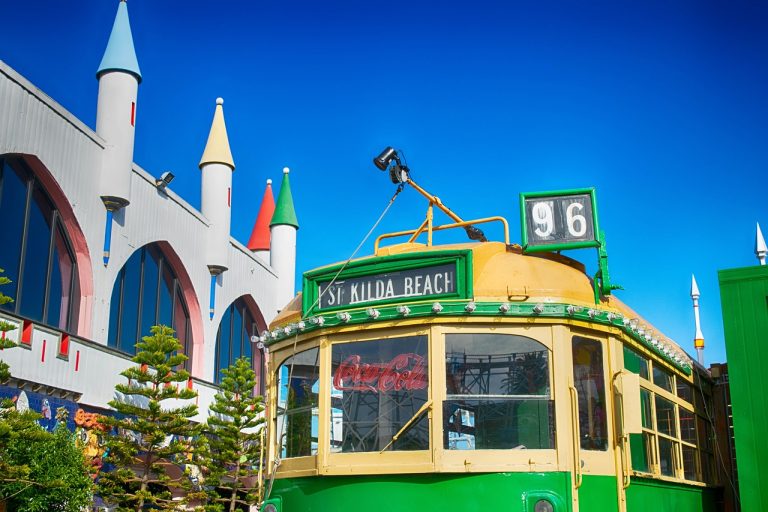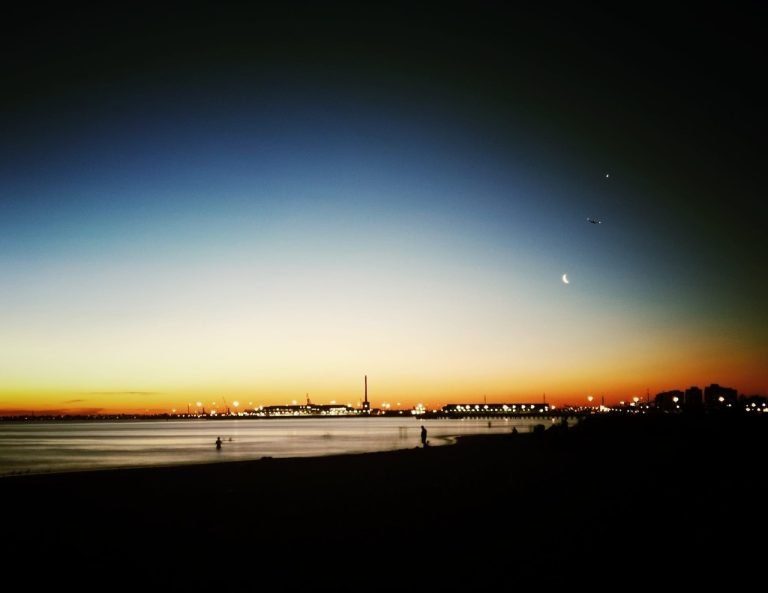Melbourne Australia Video
Melbourne Australia: A Cultural Evolution
Melbourne, Australia, is a city known for its vibrant and diverse culture. Over the years, Melbourne has undergone a remarkable cultural evolution, shaping it into the cosmopolitan metropolis it is today. This article explores the various aspects of Melbourne’s cultural evolution, highlighting its rich history, multiculturalism, arts and entertainment scene, culinary delights, and more.
History of Melbourne
- Gold Rush: During the mid-19th century, Melbourne experienced a gold rush, attracting people from all over the world seeking their fortune. This influx of immigrants greatly contributed to the city’s multicultural fabric.
- Victorian Architecture: Melbourne boasts stunning Victorian-era architecture, with iconic buildings such as the Royal Exhibition Building and Flinders Street Station. These architectural gems serve as a reminder of the city’s colonial past.
- Marvellous Melbourne: In the late 19th century, Melbourne was nicknamed “Marvellous Melbourne” due to its rapid growth and prosperity. The city became a hub of industry, commerce, and culture.
- Federation: In 1901, Melbourne became the temporary capital of Australia following the federation of the Australian colonies. This period marked a significant milestone in the city’s history.
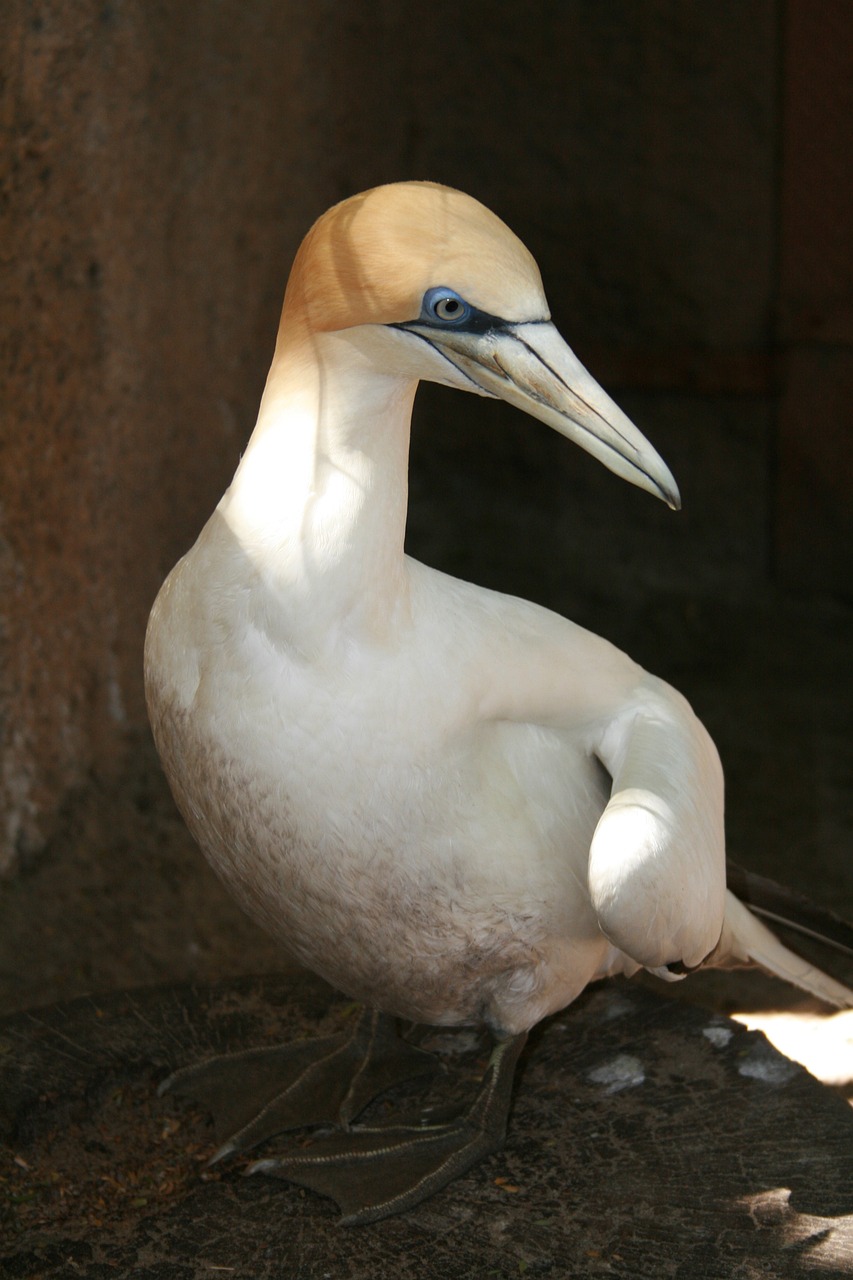
Multicultural Melting Pot
- Diverse Communities: Melbourne is renowned for its multiculturalism, with a rich tapestry of communities from various backgrounds. People of European, Asian, African, and Middle Eastern descent contribute to the city’s vibrant cultural landscape.
- Chinatown: Melbourne’s Chinatown is one of the oldest in the world and offers a glimpse into the city’s Chinese heritage. Visitors can explore its vibrant streets, indulge in delicious cuisine, and experience traditional Chinese festivals.
- Little Italy: Lygon Street, also known as “Little Italy,” is a hub of Italian culture and cuisine. It is home to numerous Italian restaurants, cafes, and gelaterias, making it a popular destination for food lovers.
- Indigenous Culture: Melbourne pays tribute to its indigenous heritage through various cultural events, art galleries, and landmarks. The Koorie Heritage Trust and the Bunjilaka Aboriginal Cultural Center provide insights into the rich Aboriginal history.
Arts and Entertainment
- Street Art: Melbourne is renowned for its vibrant street art scene, with colorful murals adorning laneways such as Hosier Lane and AC/DC Lane. These artworks contribute to the city’s unique artistic atmosphere.
- Performing Arts: The Arts Centre Melbourne and the Melbourne Recital Centre showcase a diverse range of performing arts, including theater, ballet, opera, and live music. The Melbourne International Comedy Festival is a major highlight on the city’s entertainment calendar.
- Festivals and Events: Melbourne hosts numerous festivals throughout the year, attracting both locals and tourists. The Melbourne International Film Festival, Melbourne Food and Wine Festival, and White Night Melbourne are just a few examples of the city’s vibrant event calendar.
- Sports Culture: Melbourne is known as the sporting capital of Australia, with a deep passion for Australian Rules Football, cricket, and horse racing. The iconic Melbourne Cricket Ground (MCG) hosts major sporting events and is an integral part of the city’s sporting heritage.
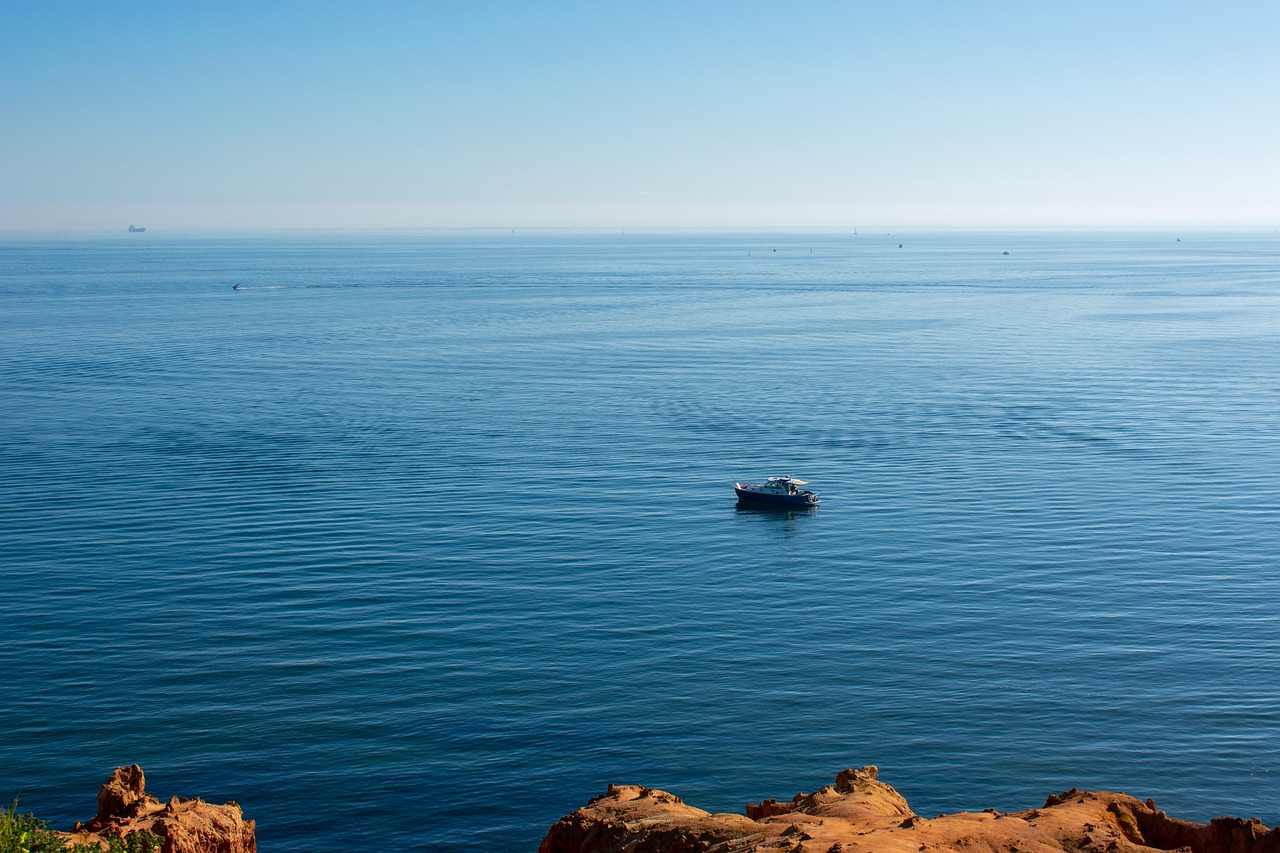
Culinary Delights
- Coffee Culture: Melbourne is famous for its thriving coffee culture, with numerous specialty coffee shops scattered throughout the city. Melburnians take their coffee seriously and appreciate quality brews.
- Fusion Cuisine: The city’s multiculturalism has influenced its culinary scene, resulting in a fusion of flavors and diverse dining options. From trendy cafes to fine dining restaurants, Melbourne offers something to suit every palate.
- Food Markets: Melbourne’s food markets, such as Queen Victoria Market and South Melbourne Market, are treasure troves of fresh produce, gourmet delights, and international cuisine. These markets are popular among locals and tourists alike.
- Epicurean Experiences: Melbourne is home to a plethora of award-winning restaurants, many of which have gained international recognition. The city’s dining scene is constantly evolving, showcasing creativity and innovation.
Melbourne’s Natural Beauty
- Parks and Gardens: Melbourne is known for its picturesque parks and gardens. The Royal Botanic Gardens, Fitzroy Gardens, and Albert Park offer tranquil escapes from the bustling city, providing spaces for relaxation and recreation.
- Yarra River: The Yarra River flows through the heart of Melbourne, offering scenic views and recreational opportunities. Visitors can enjoy river cruises, kayaking, or simply take a leisurely stroll along its banks.
- Beaches: Although not directly located on the coast, Melbourne is within reach of stunning beaches. St Kilda Beach, Brighton Beach, and Port Melbourne Beach are popular spots for sunbathing, swimming, and beachside dining.
- Great Ocean Road: Just a short drive from Melbourne, the Great Ocean Road is a breathtaking coastal drive that showcases Australia’s natural beauty. Visitors can marvel at the majestic Twelve Apostles and explore charming seaside towns.
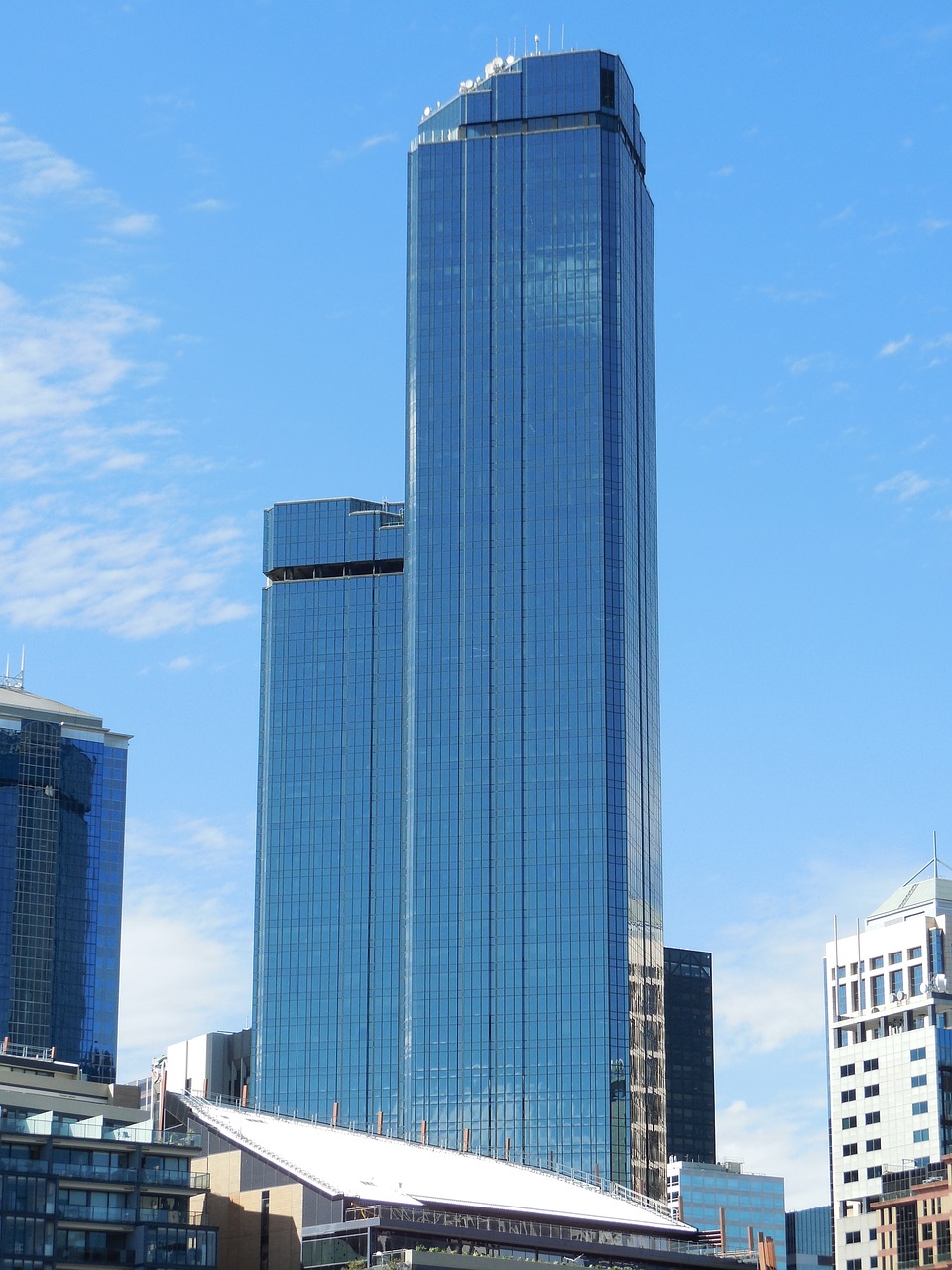
Conclusion
In conclusion, Melbourne’s cultural evolution has shaped it into a vibrant and diverse city with a rich history, multiculturalism, thriving arts and entertainment scene, culinary delights, and stunning natural beauty. The city’s unique blend of cultures and its commitment to embracing creativity and innovation make it a must-visit destination for travelers seeking an enriching cultural experience.
References
– visitmelbourne.com
– museumsvictoria.com.au
– timeout.com/melbourne
– australian.museum
– thatsmelbourne.com.au


